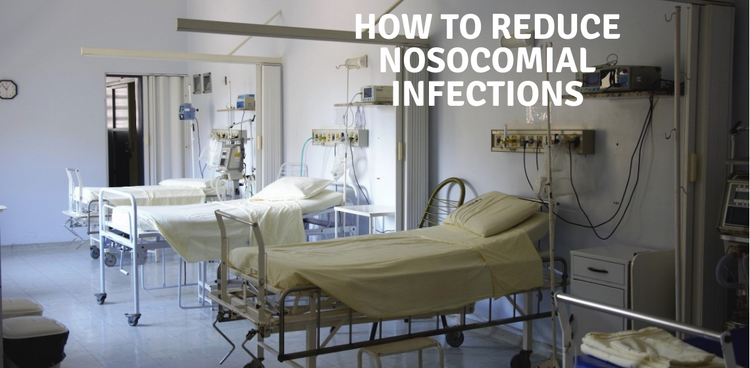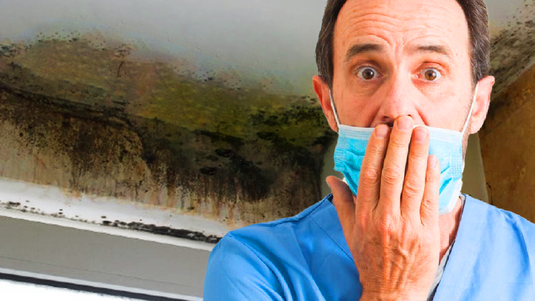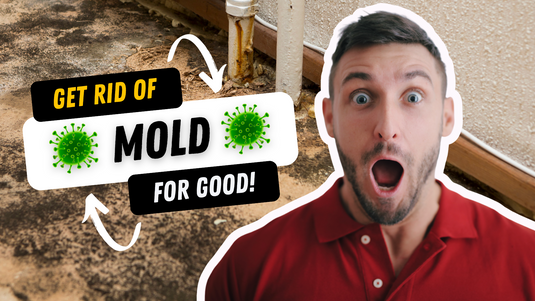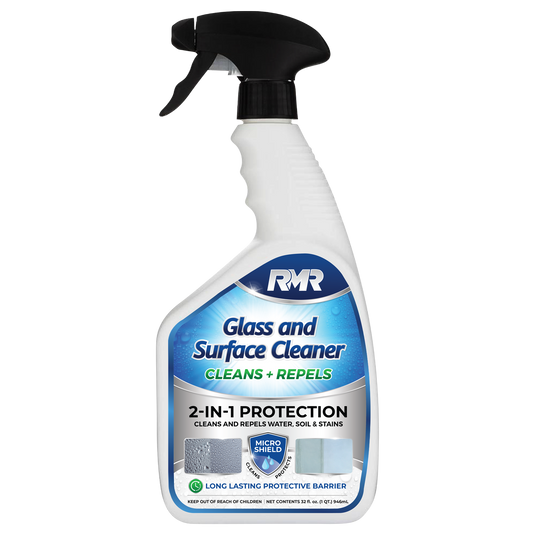Hospitals and medical facilities are essential when those who are ill or injured require continuous medical care. While medical establishments devote their resources to healing, hospitals, long-term care, and outpatient treatment facilities often place their patients at risk of developing severe antibiotic-resistant infections.
An infection contracted by a patient while in the care of a treatment facility is known as a nosocomial infection. The term is of Greek origin, with "nosus" meaning "disease," and "komeion" meaning "to take care of." A nosocomial infection, an infection that was not present or incubating prior to hospitalization, typically occurs within 72 hours of hospital admission. Infections are often preventable.
The Factors that Indicate Nosocomial Infection
The connection to hospitals is so strong that the terms "nosocomial infection" and "hospital-acquired infection" are often used interchangeably. To qualify as nosocomial, the infection must occur under one of the following circumstances:
- Within 48 hours of hospitalization
- Up to three days after discharge
- Within 30 days of a surgical procedure
- An infection that develops after hospital admission for reasons unrelated to infection
Nosocomial infections are often life-threatening, but most often patients make a full recovery. Developing a resistant infection typically results in a prolonged recovery period and extended hospital stay, substantially increasing the cost of medical care.
Understanding the Risk of Nosocomial Infections
While the microbes responsible for nosocomial infections can originate from the microbiota of a patients own skin, contaminants are often spread through person to person contact. Infections spread from patient to patient as contaminants become airborne, or from contact with contaminated surfaces. Even in cases where the microbes originating from the patients own body cause infection, the infection is still considered to be nosocomial, because the infection develops during the course of medical treatment.
Doctors, nurses, hospital staff, and patients are all exposed to a variety of bacteria, viruses, and fungi during their time in a hospital, but most people will not be affected by their exposure. Patients most at risk of nosocomial infections include:
- Those experiencing shock or major trauma
- Prolonged ICU admittance ( >3 days)
- Patients with indwelling catheters
- Those having been on antibiotics prior to hospitalization
- Those relying on mechanical ventilation
- Patients taking medications that suppress the immune system (chemotherapy or steroids)
- Patients with acute renal failure
- Patients over the age of 70
The Common Types of Hospital-Acquired Infections
Statistically, ten percent of patients admitted to a hospital will develop a nosocomial infection. As our technology advances and medical care becomes increasingly complex, the threat of antibiotic-resistant organisms continues to increase. The most prevalent types of hospital-acquired infections include the following:
- Surgical Site Infection - infection at the incision site during the month after a procedure
- Urinary Tract Infections - a positive urine culture with or without symptoms
- Gastroenteritis - stomach or intestinal irritation and inflammation
- Respiratory Infections and sinus infections
- Vascular Catheter Infection - inflammation, discharge or lymphangitis at the catheter site
- Parasites and Fungal Infections - typically occur during extended antibiotic treatment
- Pneumonia - an Infection in one or both lungs
- Meningitis - inflammation of the membrane surrounding the brain and spinal cord
- Puerperal Fever - bacterial infections resulting from childbirth or miscarriage
The Potential Causes of Nosocomial Infections
Many people that require hospitalization have compromised immune systems, making them more susceptible to nosocomial infections. Often infections occur through the use of medical equipment, respirators, catheters. While fungi, viruses, and bacteria are all responsible for developing infections, 90 percent of nosocomial infections are caused by bacteria. Just a few potential causes of nosocomial infections include:
Staphylococcus aureus
A typical component of the normal flora of the human body, this bacterium also thrives on cats, dogs, and horses. Most commonly referred to as a staph infection, Staphylococcus aureus is frequently found in the respiratory tract, in the nose, and on the skin and can grow without oxygen. Staphylococcus aureus is a common cause of skin infections. While many skin infections are minor, resulting in pimples or boils, Staphylococcus aureus can cause pneumonia, meningitis, and sepsis, which can become life-threatening. Staph infections are also known to cause:
- Cellulitis or folliculitis,
- Impetigo and abscesses
- Food poisoning
- Orthopedic implant infection
- Toxic shock syndrome
Methicillin-resistant Staphylococcus Aureus (MRSA)
MRSA can take hold of and tissue quickly and becomes treatment resistant. A methicillin-resistant staph infection initially appears as small red bumps that resemble spider bites or pimples. Within a few days, the bumps can become large and painful, eventually causing pus-filled boils. Those at a higher risk of becoming infected with MRSA include:
- Those with implants, prosthesis, drains, and catheters
- Patients with a weakened immune system
- People who have recently had thoracic surgery
- People taking quinolone antibiotics
- Children sharing sports equipment in school
- Diabetic patients
- Intravenous drug users
Acinetobacter baumannii
Acinetobacter Baumannii most often infects those with compromised immune systems. While other species of the genus are found in soils samples, Acinetobacter baumannii is almost exclusively isolated within the hospital environment. This organism is quite resistant. Very few antibiotics are effective in treating infections caused by this pathogen. The following common infections are often caused by Acinetobacter baumannii:
- Meningitis
- Urinary tract infections
- Necrotizing fasciitis
- Surgical site infections
- Infections of the bloodstream
- Pneumonia

Reducing the Risk of Nosocomial Infections
Due to the nature of the hospital environment, it is virtually impossible to eliminate all risk of nosocomial infection, but adhering to disinfection and sterilization guidelines can decrease the risk of patients developing an infection by 70 percent. General infection controlmeasures include:
- Screening ICU Patients to determine if people with infections require isolation
- Identifying the ideal type of isolation required
- Observation of hand hygiene, washing hands before and after patient contact
- Wearing appropriate gowns, gloves, and face protection
- Ensuring all rooms are adequately ventilated
- Cleaning all surfaces frequently and effectively
Cleaning and disinfecting of the hospital environment is an important factor in the strategy to control contaminants and prevent healthcare-associated infections. Infection control requires a multidisciplinary approach, involving the practices and procedures of everyone responsible for patient care and hospital sanitation. This includes the medical staff, hospital workers, maintenance professionals and the housekeeping staff.
Preventing the Spread of Contaminants
To clean and disinfect healthcare facilities requires cleaning products formulated for the task. RMR-141 RTU is specially formulated to clean, sanitize, disinfect and deodorize porous and non-porous materials. RMR-141 RTU is an EPA registered broad-spectrum fungicide, virucide, and mildewstat that kills over 141 microorganisms, including Hepatitis-B, HIV, Poliovirus and many other pathogenic and environmental microbial organisms.
RMR-141 RTU has the largest kill claim in the market and is the only disinfectant that has been tested in 98 percent soil load, which means that RMR-141 RTU works in the field, in real-world conditions, not just in the lab. This ready- to- use quaternary ammonium chloride blend is ideal for cleaning and disinfecting hospitals, schools, restaurants, and for home use.
Additional Sources:
https://www.nursingschoolhub.com/most-common-diseases-found-in-hospitals/
https://www.ncbi.nlm.nih.gov/pmc/articles/PMC4812669/
https://www.verywellhealth.com/can-you-get-sick-from-germs-on-hospital-floors-4126539
http://www.sciencemag.org/news/2017/05/most-dangerous-germs-hospital-may-be-those-you-bring-you
https://www.healthypeople.gov/2020/topics-objectives/topic/healthcare-associated-infections






